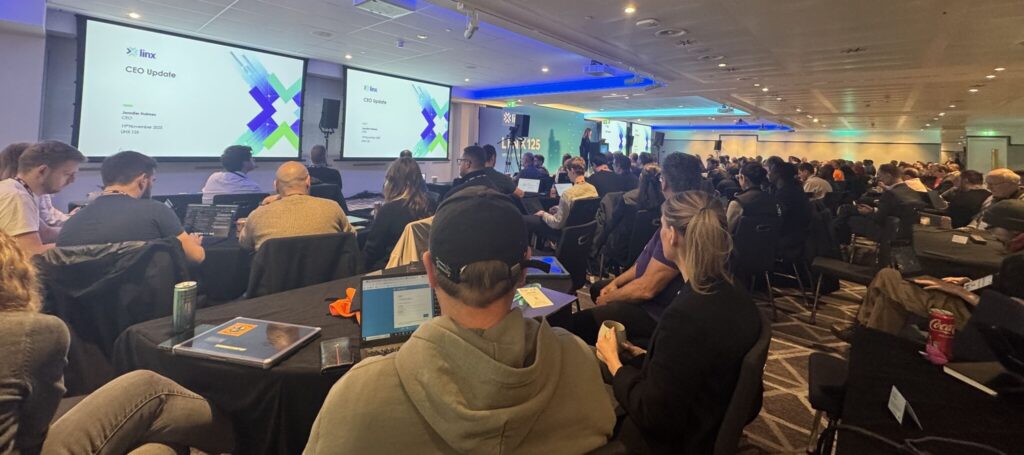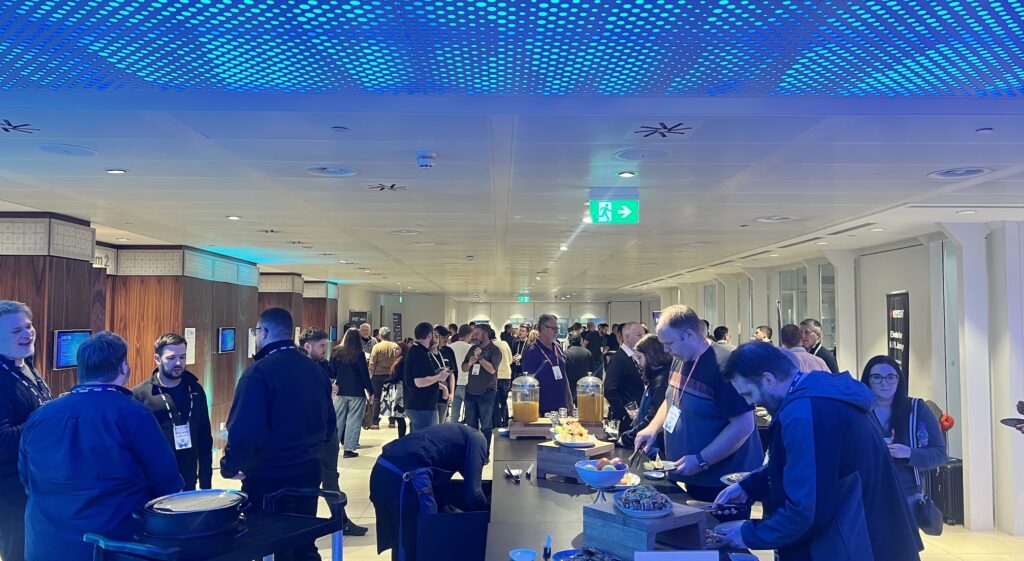
FastNetMon had the opportunity to attend LINX125 in London on 19–20 November 2025 as a guest, in the capacity of an ascending LINX member. It was a valuable chance for us to learn more about LINX, meet the community, and understand the current conversations shaping one of the world’s most influential internet exchanges. We are grateful to the LINX team for the invitation and the very warm welcome.

The two-day programme brought together a rich mix of perspectives from across the networking and infrastructure ecosystem. Several sessions stood out, each offering something different but equally relevant to the shifting landscape of interconnection.
One of the most memorable talks explored the history and hidden role of BT Tower. Andy Sutton from BT delivered a fascinating look at the history how the tower became a central point for national telecommunications, carrying microwave links from the Shetland Isles all the way to the Isles of Scilly. It was curious to learn how some of the most iconic structures in our cities also carry decades of engineering stories inside them.

Another session that sparked a lot of thought came from Google, with Arturo Servin explaining how the company’s peering policy is evolving to support a world increasingly defined by cloud workloads and latency sensitive applications. The shift away from broad open peering toward a more targeted, cloud-aligned strategy felt like a natural consequence of accelerating enterprise demand at the edge.

From a resilience perspective, Alastair Strachan’s presentation on Baltic Sea cable damage showed how the Internet adapts under pressure. Using RIPE Atlas measurements, he demonstrated how routes shifted, latency changed, and connectivity was preserved in the face of submarine cable failures. It was a technically grounded look at real-world network behaviour and a good reminder of how dynamic the global routing system really is.
The relationship between geopolitics and Internet topology surfaced again in a talk from Josh Levett of the University of York. His research connected political events with routing patterns and infrastructure deployment, offering a broader lens on how global tensions shape the structure of the network itself. It was one of the more reflective moments of the programme.
Geoff Bennett’s session on the energy demands of AI scale data centres added a different kind of urgency. As compute requirements grow into the gigawatt range, the environmental and infrastructure implications become impossible to ignore. His analysis of how major AI companies are approaching power planning gave the room a clear signal that the race toward AGI is reshaping more than just technology.
There was also a thoughtful look at the growth of Stuttgart IX from Moritz Frenzel, who shared what it takes to turn a small local exchange into a thriving regional platform. The honesty about what worked and what didn’t resonated strongly, especially with the many operators in the room facing similar challenges. In a different tone entirely, Tony O’Sullivan from RETN offered a very direct view on what it means to build infrastructure that actually stands up in a world full of instability. His message was clear and grounded in lived experience across a complex, multi-country network.

Alongside these external sessions, LINX provided updates on its operations, technical roadmap, route server work, financial outlook and regulatory initiatives. The membership survey results helped frame where the exchange is heading and the priorities that matter most to its community. These overviews offered useful context for us as a growing participant in the ecosystem.
As the event wrapped up, one small but important detail stood out to us. Beyond the excellent content, the food was great and the Wednesday social was genuinely fun. It made the experience feel warm, well organised and surprisingly personal.

Overall, LINX125 was an insightful and engaging two days for FastNetMon. We appreciated the chance to learn, meet so many members of the community and gain a closer view into the inner workings of LINX. Thank you again to the LINX team for allowing us to peek inside.
About FastNetMon
FastNetMon is a leading solution for network security, offering advanced DDoS detection and mitigation. With real-time analytics and rapid response capabilities, FastNetMon helps organisations protect their infrastructure from evolving cyber threats.
For more information, visit https://fastnetmon.com